Carmine Arrichiello is an underwater photographer based in Italy. He developed a passion for photography at an early age. When an interest in sports took root, diving had a special appeal as a sport he could combine with his photography. Carmine uses Nimar Underwater Housing on his Phase One XF Camera System. Watch him in action in the video below.
Shooting underwater photography
“Personally, the most appealing thing about shooting underwater is being able to dive into a world without external sounds. The very moment in which the photographer is with his subject turns into a magical experience: unique and enchanting.”
“The essential thing when planning an underwater shoot is to first decide the subject of your project. Next, choose if you will take macro or landscape pictures and so prepare the lens and lens port you’ll need. When it comes to underwater housing, the most important characteristic is to be able to use it an easy and intuitive way, as if there’s no housing at all. NIMAR created wonderful housing that is simple and sure. It guarantees comfort even in deep and complex dives.
Underwater shooting is certainly quite complicated for different reasons. Before a shoot, you must make some inspections and get to know the area where you would like to work. Field experience is the most important instrument; it can be helpful in unexpected moments. Once, I was traveling in Honduras, and during a dive near Roatan Island, I was shooting a shark situated at less than a meter from me with a wide-angle lens. Suddenly, the shark turned around and violently hit my lens! I was so concentrated that it was a very surprising and scary moment.”
The attraction of medium format
“During my photography studies, I had the chance to try various types of formats, both digital and analog. I can say for sure that medium format is the most interesting because it’s as practical as a 35mm, and has the same great quality and versatility of a full frame.
“I must admit, also, that meeting a client with my Phase One Medium Format adds value to my professional status.”
Earlier in my career, I occasionally rented a Phase One. After experiencing its superior quality (16-bit color depth, 15-stops of dynamic range, a sensor 2.5 times larger than a 35 mm with so many pixels, and the possibility to mount it on a view camera for special applications); I decided to buy it because it was essential for my work. I must admit, also, that meeting a client with my Phase One Medium Format adds value to my professional status, and that is an important consideration for someone who works in an exclusive sector.”

Inside Carmine Arrichiello’s camera bag
- Nimar XF Housing and lens ports
- XF Camera Body IQ3 100MP Digital Back
- Schneider Kreuznach 35mm LS lens
- Schneider Kreuznach 120mm LS Macro lens
- 4 bracelets and 2 flashes 1 flashlight I use as a modeling light taking macro pictures
“I warmly suggest checking the battery charge the night before, to clean and grease the O-ring to be sure of the perfect adherence. And most importantly: use professional cards with a large memory so you don’t need to open the housing during a shoot.”
For more information about Nimar Underwater Housing, visit their website at www.nimar.it
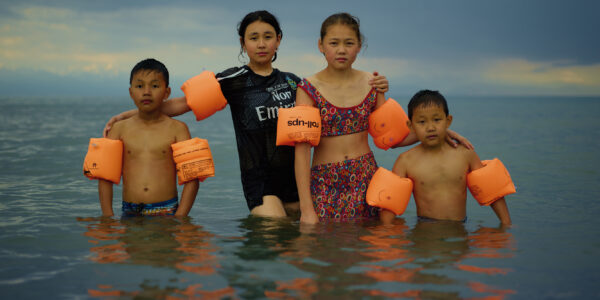
Photographer Stories
Intimacy in focus: Louise’s lens on humanity with Phase One_Part1
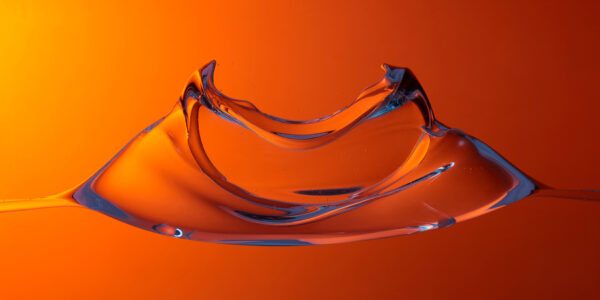
Photographer Stories
Dimitri Newman: Vision is Just the Start

Photographer Stories
Ashes: The Rebirth of a Camera- Hexmalo

Photographer Stories
Chandler Williams: A Photographer’s Path

Photographer Stories
TABO- Gods of Light

Photographer Stories
Loreto Villarreal – An Evolving Vision

Photographer Stories
Tobias Meier – Storytelling Photography

Photographer Stories
Gregory Essayan – Curating Reality

Photographer Stories
Total Solar Eclipse – Matthew C. Ng
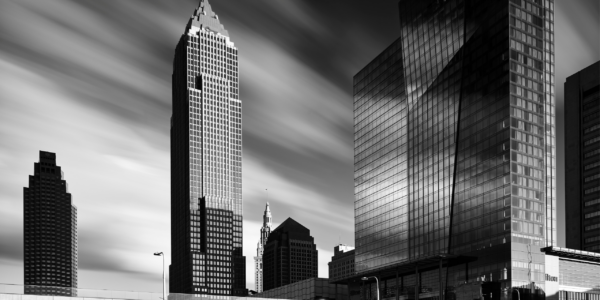
Photographer Stories
Roger Mastroianni – Frame Averaging
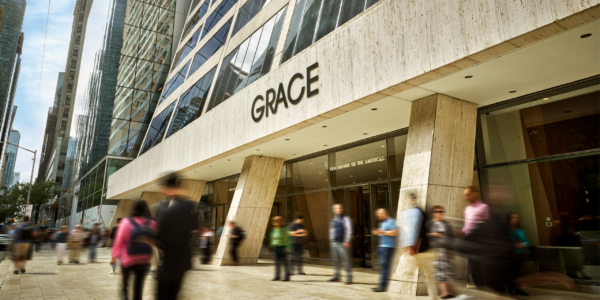
Photographer Stories
Matthew Plexman – Bringing portraits to life

Photographer Stories
Prakash Patel – A Visual Design Story

Photographer Stories
Karen Culp – Food Photography Ideas

Photographer Stories
T.M. Glass: Flower portraits
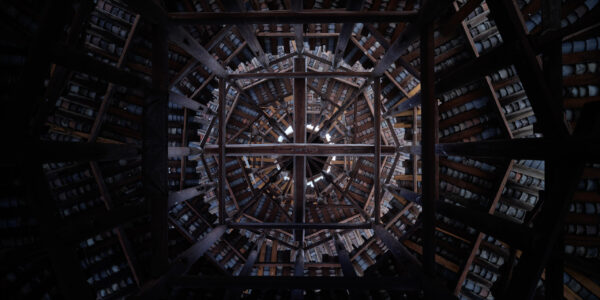
Photographer Stories
Preserving ancient Chinese buildings – Dong Village
